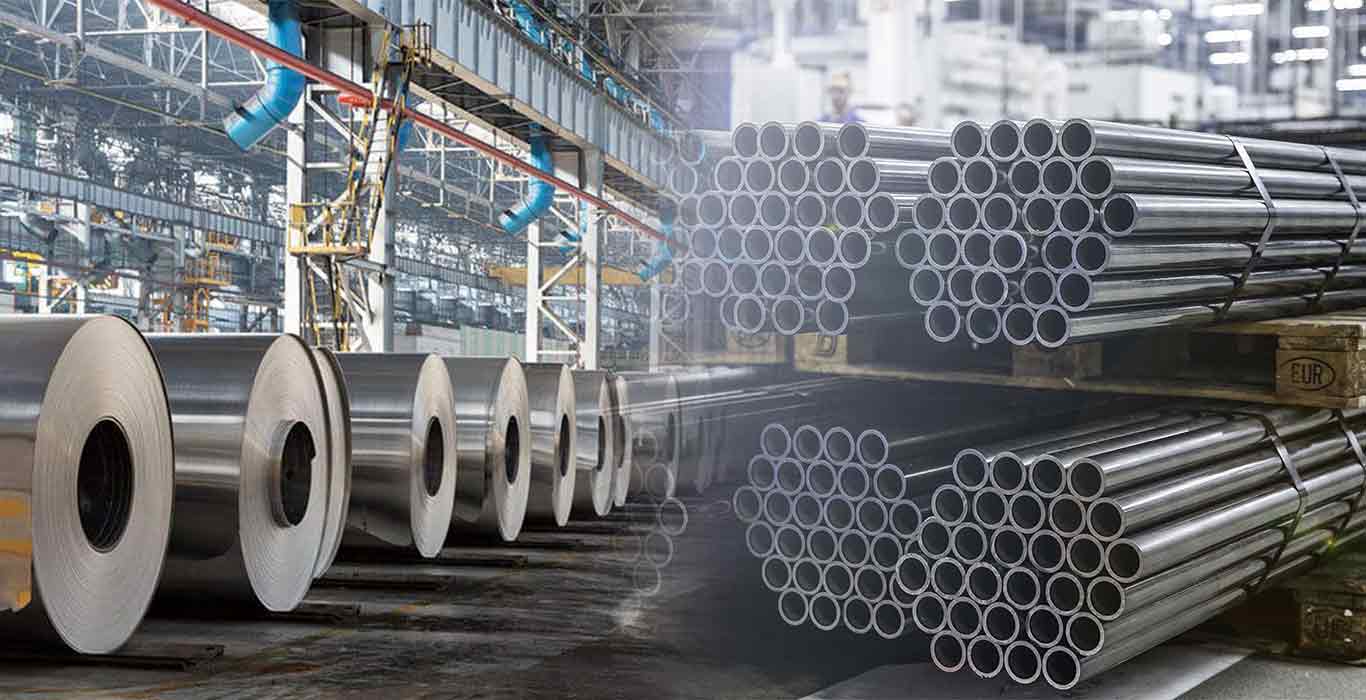Innovation in Stainless Steel Amplifies Green Hydrogen Production from Seawater
- 21-Nov-2023 6:30 PM
- Journalist: Jung Hoon
The versatile applications of stainless steel in various hydrogen production methods, particularly steam methane reforming and electrolysis, have been well-established. In steam methane reforming, stainless steel is employed in constructing reformers, heat exchangers, and other process components due to its exceptional ability to withstand high temperatures and corrosive conditions.
In the realm of water electrolysis, stainless steel is a preferred material for constructing electrolyzers owing to its corrosion resistance and durability in the harsh electrolytic environment. An innovative initiative led by Professor Mingxin Huang at the Department of Mechanical Engineering of the University of Hong Kong (HKU) has introduced a groundbreaking type of steel that exhibits robust resistance to corrosion. This steel variant holds promise for manufacturing green hydrogen from readily available saltwater, sourced from oceans. While the cost of this new steel is significantly lower than its existing counterparts, its performance in a saltwater electrolyzer matches the current industrial practice of using titanium as a crucial structural element for hydrogen production from desalted seawater or acid.
The breakthrough involves the addition of a secondary manganese (Mn)-based layer engineered onto the existing chromium (Cr)-based layer at approximately 720 mV onto the single Cr2O3-based passive layer. The introduction of this Mn-based passivation layer challenges conventional corrosion science understanding, as the general belief was that manganese diminishes stainless steel's corrosion resistance. The researchers, led by Dr. Kaiping Yu, the first author of the article, were initially hesitant due to the counterintuitive nature of the Mn-based passivation. However, extensive atomic-level results convinced them of the material's new capabilities.
The present cost of a 10-megawatt PEM electrolysis tank system is estimated to be $2.8 million, with up to 53 percent attributed to structural components. Thanks to the innovation by Professor Huang's group, stainless steel can now replace traditional expensive structural elements like gold (Au) and platinum (Pt). It is projected that the use of stainless steel for hydrogen (SS-H2) will result in a substantial reduction of approximately 40 times in structural material costs.
Dr. Huang elaborated on the progress made by the research team, stating that from experimental materials to actual products, such as meshes and foams for water electrolysers, there are still challenging tasks ahead. The team has taken a significant step towards industrialization, producing tons of SS-H2-based wire in collaboration with a mainland factory. The focus now shifts towards applying the more economical SS-H2 in hydrogen production from renewable sources.
It's noteworthy that Professor Huang's team has a track record of notable developments, including the creation of anti-COVID-19 stainless steel introduced in 2021 and ultra-strong and ultra-tough Super Steel engineered in 2017 and 2020, respectively. This latest innovation in stainless steel technology adds another layer to their repertoire of impactful contributions to materials science and applications.



